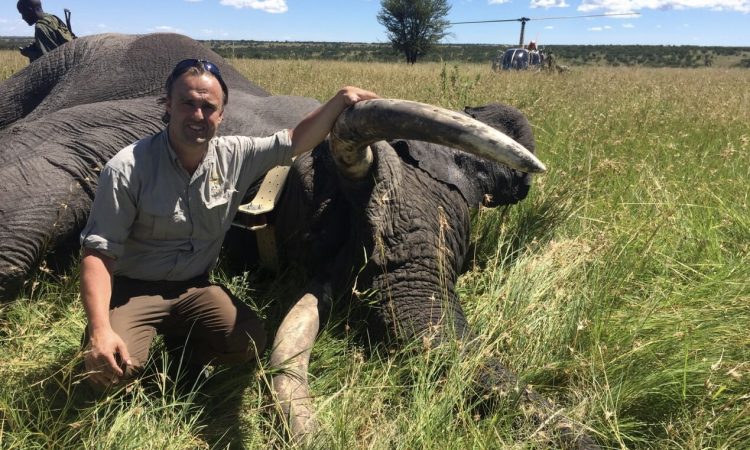
Poaching in Serengeti National Park
Poaching in Serengeti National Park
Poaching in Serengeti National Park: Serengeti National Park is one of the popular tourist destinations in Tanzania which is visited annually by both tourists and the locals. Poaching is among the problems which the national park faces since the wildlife species in Serengeti national park like rhinos, elephants, buffalos and many others are targeted by poachers for ivory, bush meat and illegal trophy trades.
This national park is known for the wildebeest migration which takes place annually and involves movement of over 2 million wildebeests in Serengeti national park as well as Masai Mara national reserve in Kenya.
Poaching in the national park has affected the wildlife species such as buffalos, elephants, and rhinos which are targeted by the poachers not only in Serengeti national park but also in many other national parks in Africa.
The western part of Serengeti national park is mostly affected by poaching and the local community living near the national park also engages in hunting of the wildlife as alternative sources of meat.
Safety in the national park during a safari is a major factor to consider while exploring the vast savannah plains of Serengeti national park which is home to numerous wildlife species such as wildebeests, elephants, antelopes, hyenas, warthogs, giraffes, elands, impalas, hippos and many others.
Serengeti national park is overseen by Tanzania national parks authority (TANAPA) which is in charge of protection of the natural resources as well as the park facilities. The rangers in the national park help to deter illegal activity like poaching in the national park hence protecting the wildlife species.
Apart from poaching, both the growing human influence and also presence of predators like lions, leopards and cheetahs in the national park have continued to affect the wildlife species in Serengeti national park.
Serengeti national park is famous is home to a variety of wildlife species which includes the big five such as elephants, lions, leopards, rhinos and buffalos. The national park is also known for its predators such as lions, hyenas, cheetahs, leopards, serval cats and jackals.
Leopards are regularly spotted during a safari in Serengeti national park. Watching as these predators are in action looking for a meal is one of the highlights to look out for during a wildlife viewing experience in the national park.
Lions can be spotted in Serengeti national park as they move in their prides. The national park has over 4000 lions and cheetahs are commonly seen around the national park especially around the south eastern plains.
The local community living around Serengeti national park has over the years faced issues of attacks from predators in the national park such as lions attacking their livestock. The Maasai people who live in the neighboring areas of the national park are known for their semi nomadic way of life.

Measures against poaching in Serengeti national park
Apart from the rangers of Serengeti national park, the locals have also contributed to deterring poachers as they are employed in the national park in the fight against poachers. Many arrests of poachers have also been made in the national park by the park officials.
Patrols are also carried out around Serengeti national park to reduce on the poaching of the wildlife species. Many poachers have been got in the national park through these patrols and dealt with accordingly.
TANAPA has come up with measures such as diversification of anti-poaching strategies, increasing the number of rangers, increasing budgetary allocations and many others to ensure protection of wildlife species in Serengeti national park.
To ensure safety of visitors during their safaris in Serengeti national park, there are rules and regulations put in place to be followed during wildlife viewing activities and these regulations include the following;
- Driving along designated routes in the national park prevents tourists from getting lost during their safaris in the national park and also avoids fines and penalties issued by the park officials.
- Staying in the car at all times during a safari is also another rule which is emphasized during a safari in Serengeti national park.
- Avoiding noise making in the national park is also emphasized by Serengeti national park in order to maintain the natural calm nature of the wild and also to avoid scaring away the wildlife species.
How to get to Serengeti national park
Serengeti national park can be accessed by road as well as by air during a safari to this destination.
By air, scheduled and charter flights are available to the different airstrips in the national park such as Kogatende airstrip, Seronera airstrip, Serengeti Kusini airstrip, lobo airstrip, Fort Ikoma airstrip and Kirawira airstrip.
By road, Serengeti national park can be accessed by driving from Arusha town to the national park which takes about 6 to 7 hours. The central part of Serengeti national park is about 350 km from Arusha, from Arusha to the western part of Serengeti national park is about 460 km and from Arusha to the northern part of Serengeti national park is about 8 hours’ drive.
Visit Serengeti national park for amazing wildlife viewing experiences and explore the different attractions during your safari.



